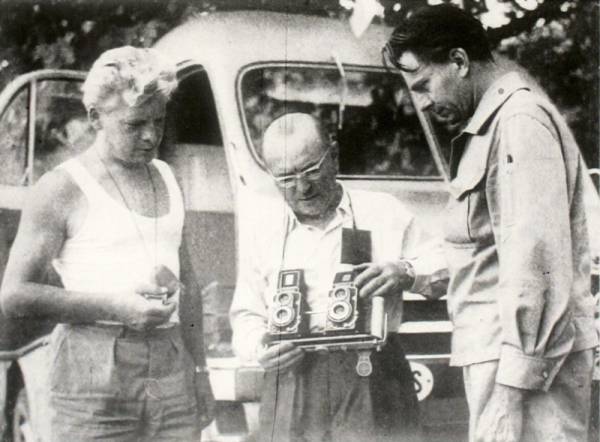3D phography, anaglyphs
Anaglyphs are 3D pictures created from a pair of pictures by means of suitable software (e.g. StereoPhoto Maker). Initial pictures must be taken with adequate side shift (stereobase - small utility for calculation). To get three-dimensional perception you need to use dichromic red-cyan glasses. Red is for your left eye and cyan for your right eye. You can find many impressive anaglyphs on internet. Below I am presenting various aids for taking stereo photography which I use. |
 |

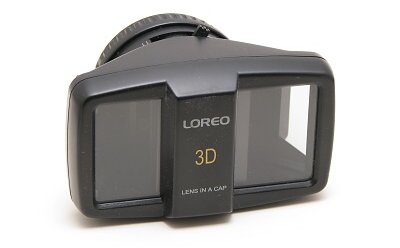 |
Stereo beam splitter Loreo - is produced with various mounts for the full frame version and also for the 3/4 frame camera (crop 1,6). You can adjust for 3 levels of distance and 2 apertures (11 and 22). One drawback seems to be the application of plastic lens, which causes some minor blurred details in pictures. You can find samples in my gallery 1 (taken by DSLR Canon EOS 350D). At the present time, a new type of beam splitter is offered on the Loreo website and also a version for macro. |
Twin digital camera
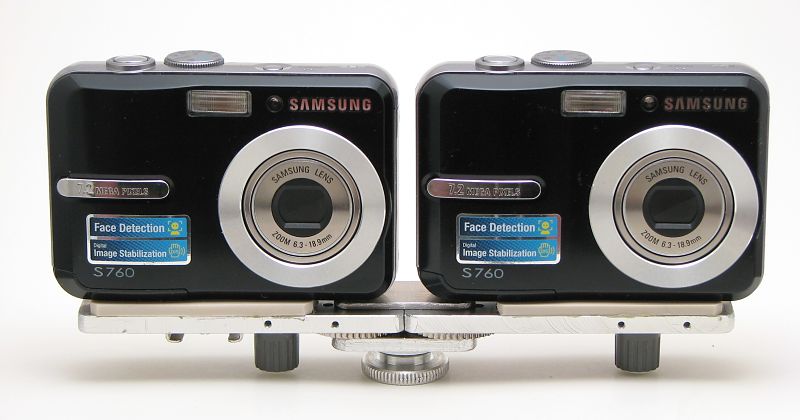
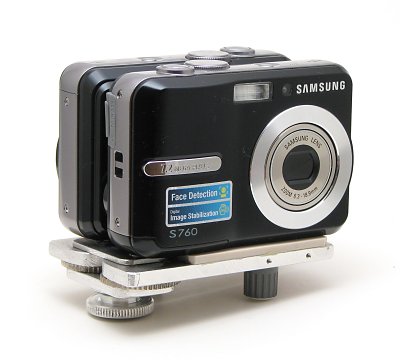 |
 |
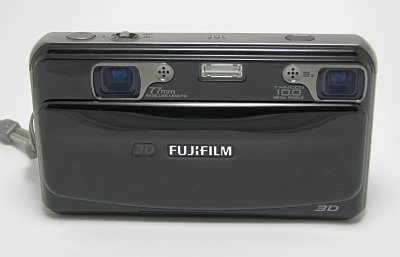 |
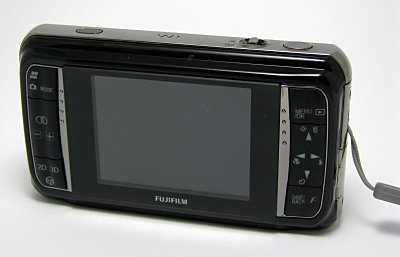 |
|
Twin digital camera - folding bar is made from 5 mm gauge duraluminium. Geared transmission ensures an equable opening. The screw in the middle is for locking. The bubble level placed into the hotshoe is also part of the bar. I used two inexpensive digital cameras (Samsung S760). The releases are not synchronized and must be pushed down at the same time. The result is an anaglyph view (samples in gallery 2). But I prefer 127x65 mm size photos similar to old Stereocards. For viewing I use an old german or russian stereoscope. Now I use also 3D Fujifilm W1 camera for the same purpose. |
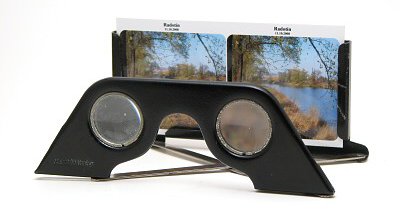 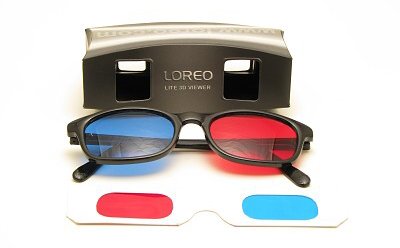
|
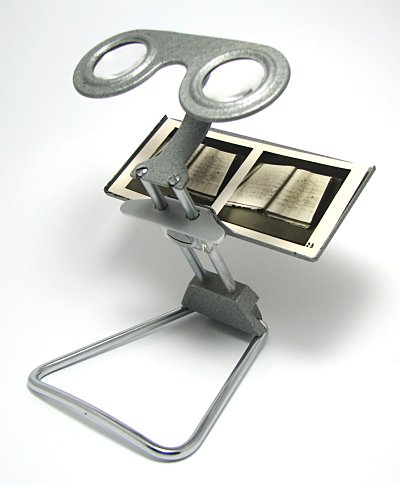 |
Shift bars - only for static pictures
Pentacon bar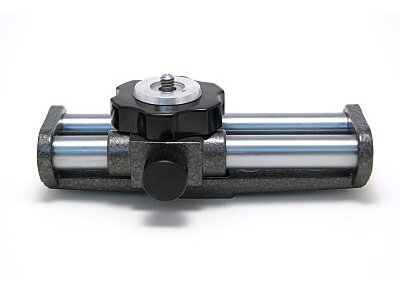 |
My work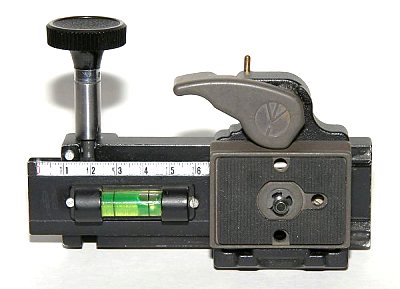 |
Meopta bar (manual)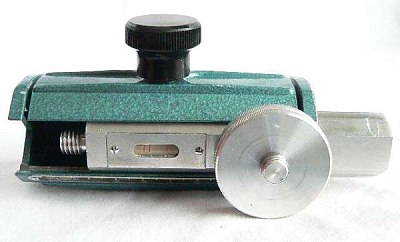 |
Flexaret bar |
Hanzelka and Zikmund, famous Czech travellers (stereo reels 19-1, 19-2 a 19-3)
